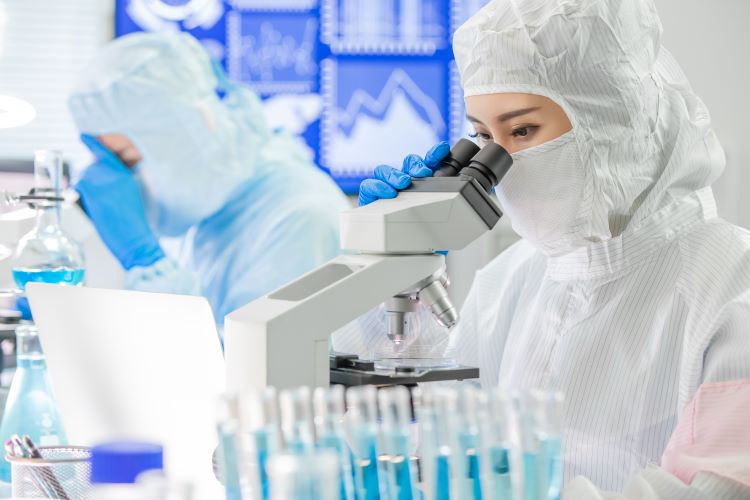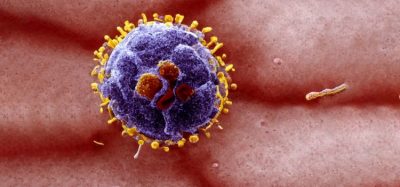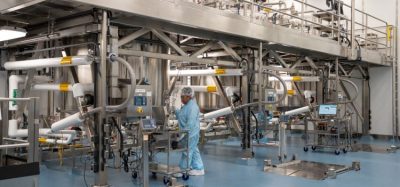Identifying bacterial isolates to help prevent cleanroom contamination
Posted: 21 February 2023 | Catherine Eckford (European Pharmaceutical Review) | No comments yet
A paper aiming to identify bacterial isolates on cleanroom operators’ garments, showed these surfaces were a major source of contamination.


A paper has found that nearly 70 percent of bacterial isolates identified in a study were attributed to operator contamination within a cleanroom facility.
Published in the European Journal Of Parenteral And Pharmaceutical Sciences (EJPPS), the research sought to determine identity of representative bacterial isolates recovered from the surface of cleanroom operators’ garments following wear. The surface of the specialist sterile clothing are the primary source of microbial contamination, Smith et al. stated.
The study used 16S rRNA gene sequencing to seek identification and origin of bacterial isolates recovered from the surface of the garments.
An effective environmental microbial monitoring programme is fundamental for ensuring contamination control, the authors asserted. Smith et al. proposed the research could help to establish the original source of predominant bacterial isolates and probable contamination route. This could assist possible intervention strategies and aid contamination control.
Method of investigation
Firstly, the surface of cleanroom operators’ garments were tested within the exit area of the changing area, prior to garment removal and immediately following their period of working in the cleanroom environment.
A direct agar contact method was used to recover bacteria from garments. This process involved the surface of a nutrient agar contact plate being depressed against the surface of the garments at specific sites for a period of five seconds at constant pressure.
The researchers isolated and purified bacterial isolates. Then 16S rRNA gene sequencing was used to establish species identity for isolates recovered from the surface of operators’ garments following wear.
Following colony enumeration from the incubated contacts plates, a total of 47 representative colonies were selected. Of the total, 36 isolates were obtained from contact plates examining female operatives’ garments. Then 11 isolates taken from garments worn by their male counterparts.
Results from the research on bacterial isolates
Of the 47 isolates recovered from the surface of garments, the sequencing successfully identified 94 percent to genus level and 77 percent to species level. Most were confirmed as Gram – positive bacteria; predominantly species of Staphylococcus, Micrococcus and Bacillus. Notably, the isolates recovered from the surface of female operatives’ garments were more diverse than those retrieved from male counterparts. The researchers commented this trend has been observed in prior research.
Using 16S rRNA gene sequence comparisons, this successfully identified 44 of 47 bacterial isolates recovered from the garments to genus level and 36 down to species level.
The single most abundant isolate observed was the skin commensal Micrococcus luteus. In terms of contamination control, this organism is responsible for 25 percent of all cleanroom contamination events, Smith et al. acknowledged.
Overall, 28 isolates (64 percent) were therefore determined to have originated from the wearer of the garments. Then 16 isolates (36 percent) were determined to be attributed to environmental contamination. The specialist garments thus represent a risk during sterile product manufacture, the authors emphasised.
Nearly 70 percent of identified isolates were identified as from common members of human skin microbiome.
The remainder of the bacteria isolates identified were credited to contamination of garments with species of environmental origin. “While most bacteria detected present minimal threat to healthy individuals, the researchers reasoned that a certain number of these were opportunistic pathogens, presenting a hazard for at risk patient groups who typically receive sterile pharmaceutical products,” Smith et al. concluded.
Related topics
Cleanrooms, Drug Manufacturing, Environmental Monitoring, Manufacturing, Microbial Detection, QA/QC, Sequencing









